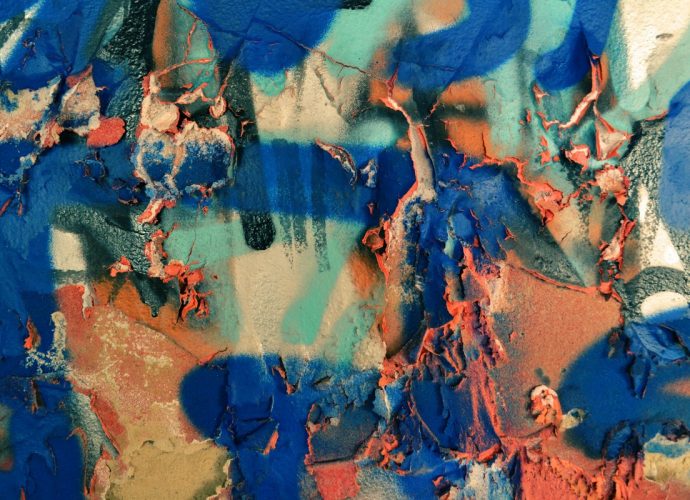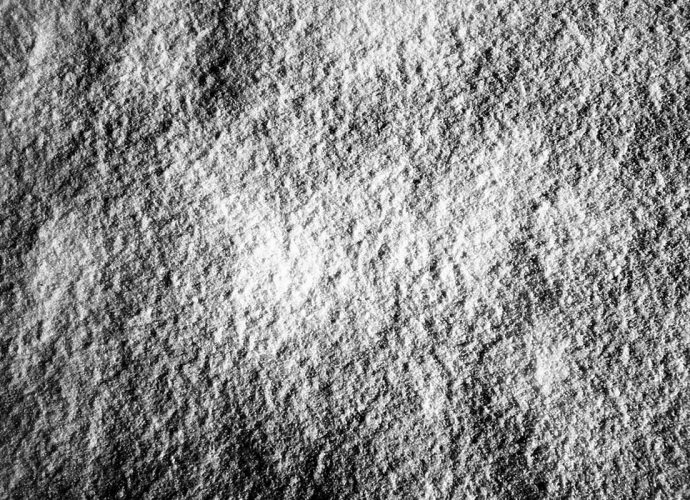What Is Podzol Soil Definition?
Podzols form under forested landscapes on coarse parent material that is high in quartz. They have a characteristic subsurface layer known as the spodic horizon made up of accumulated humus and metal oxides, usually iron and aluminum. Where are podzol soils found? These soils are found where there is goodRead More →









